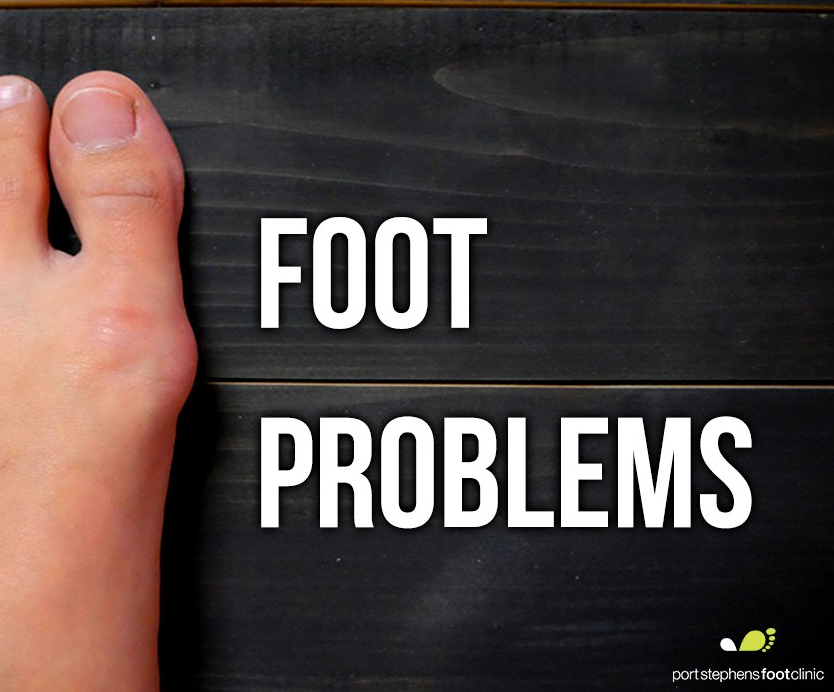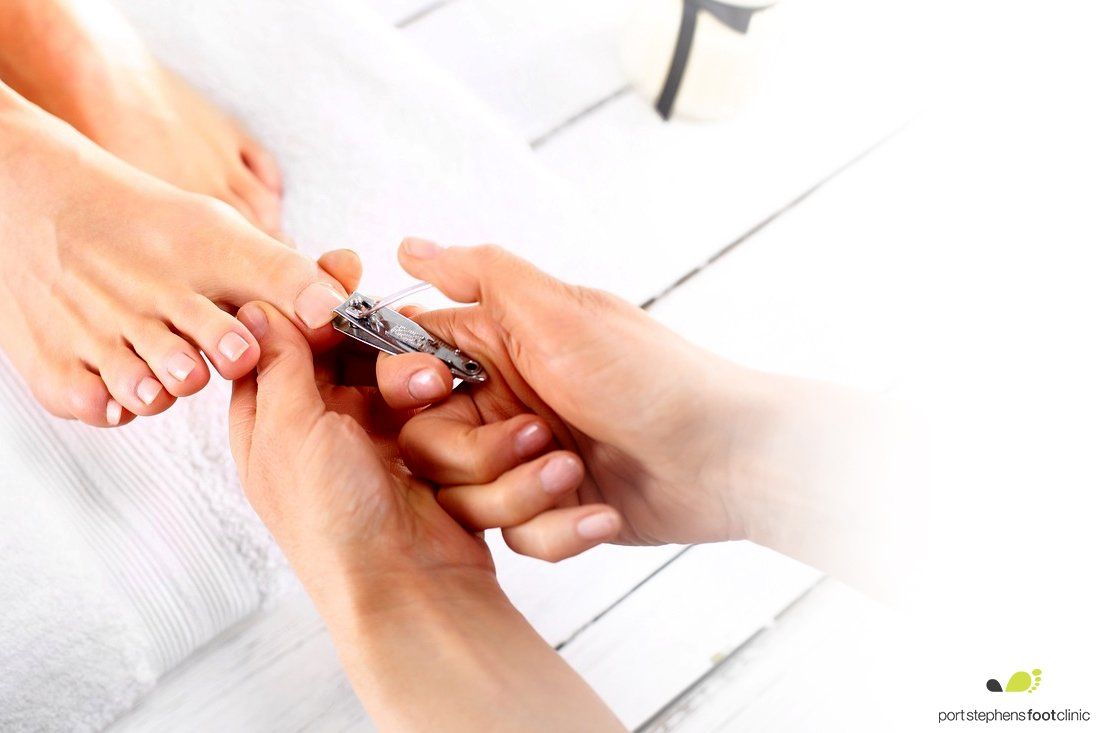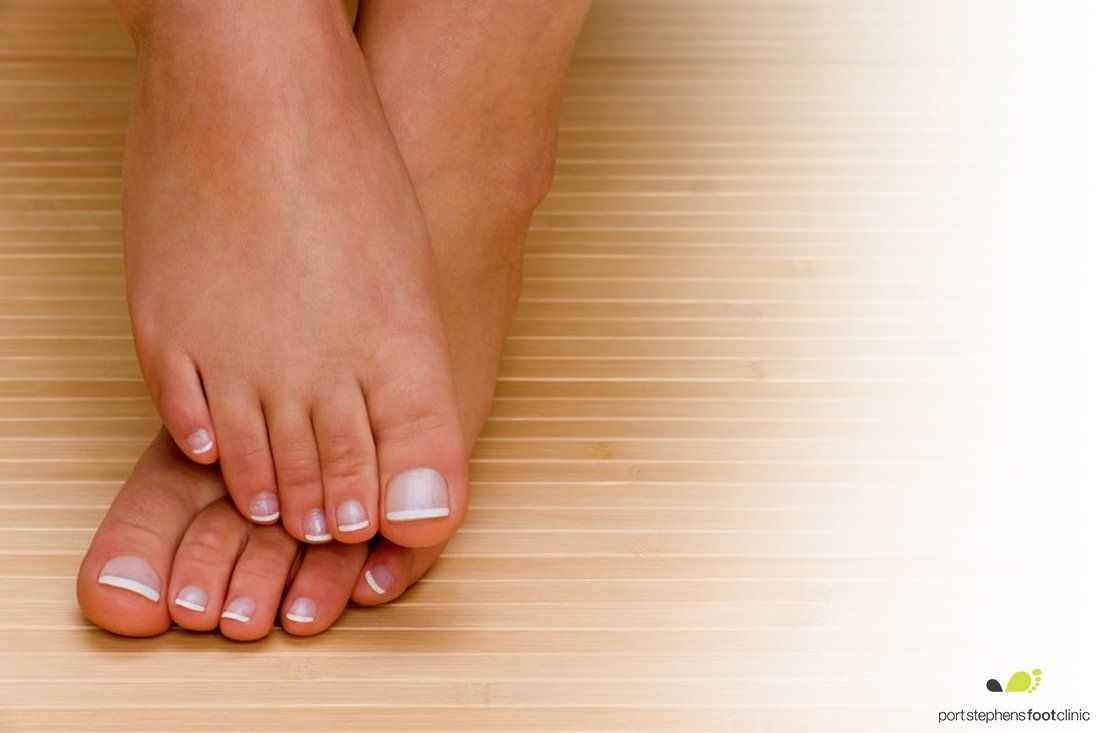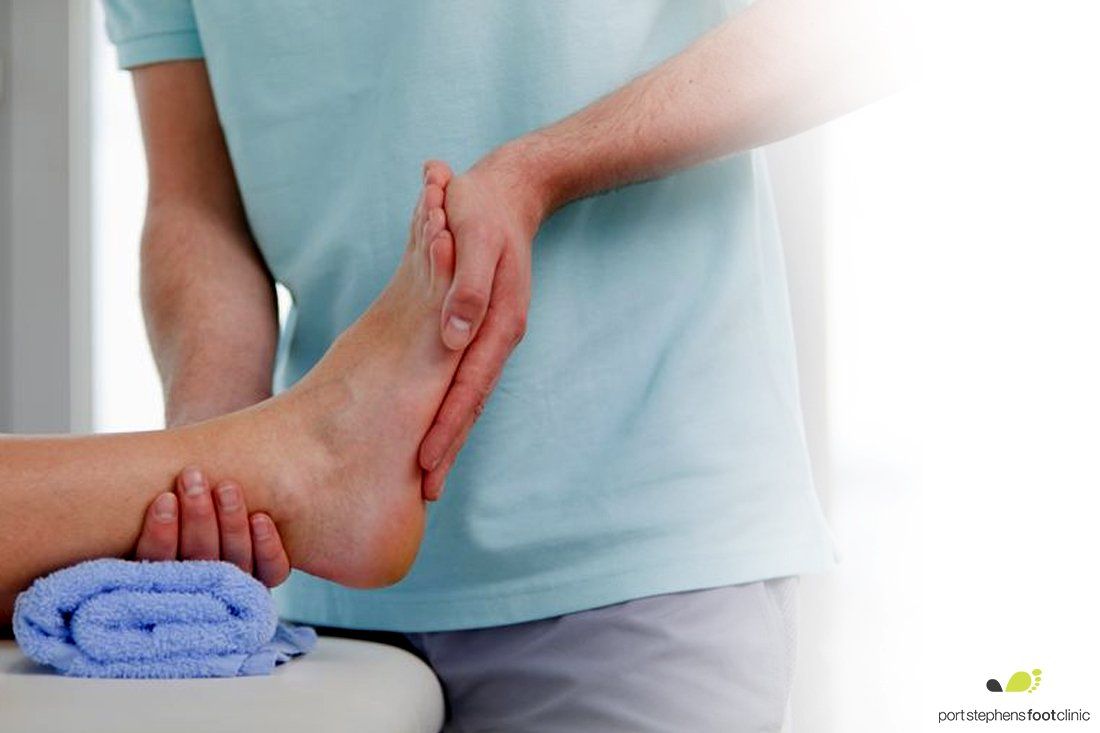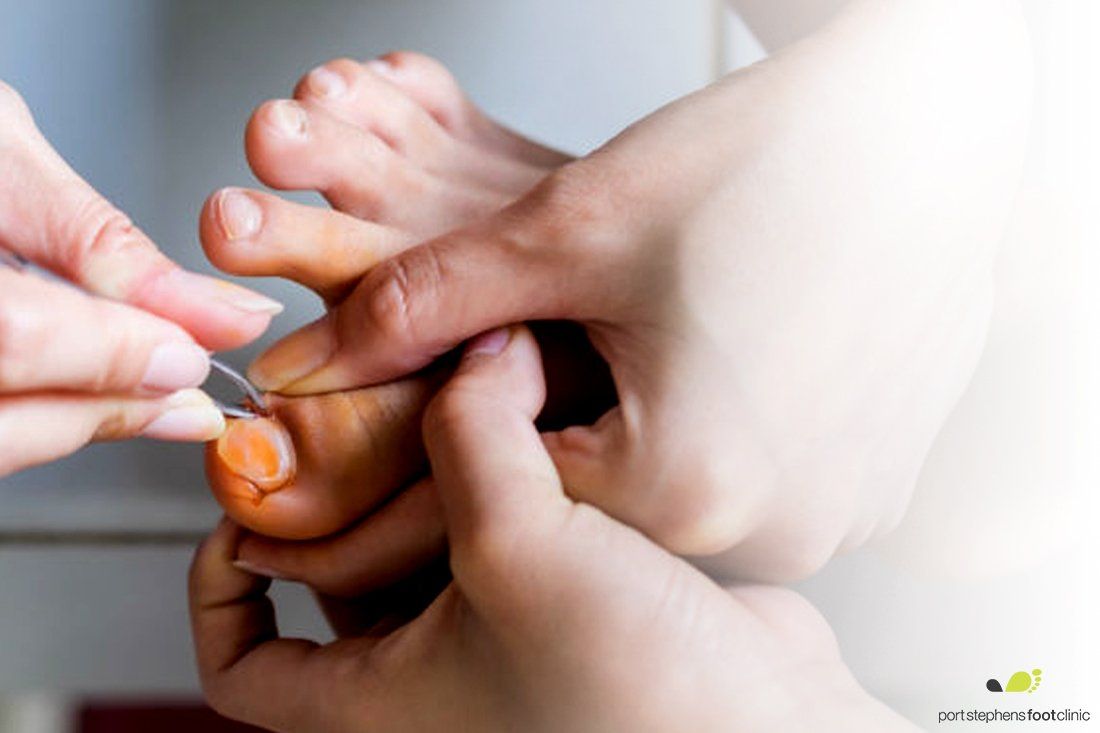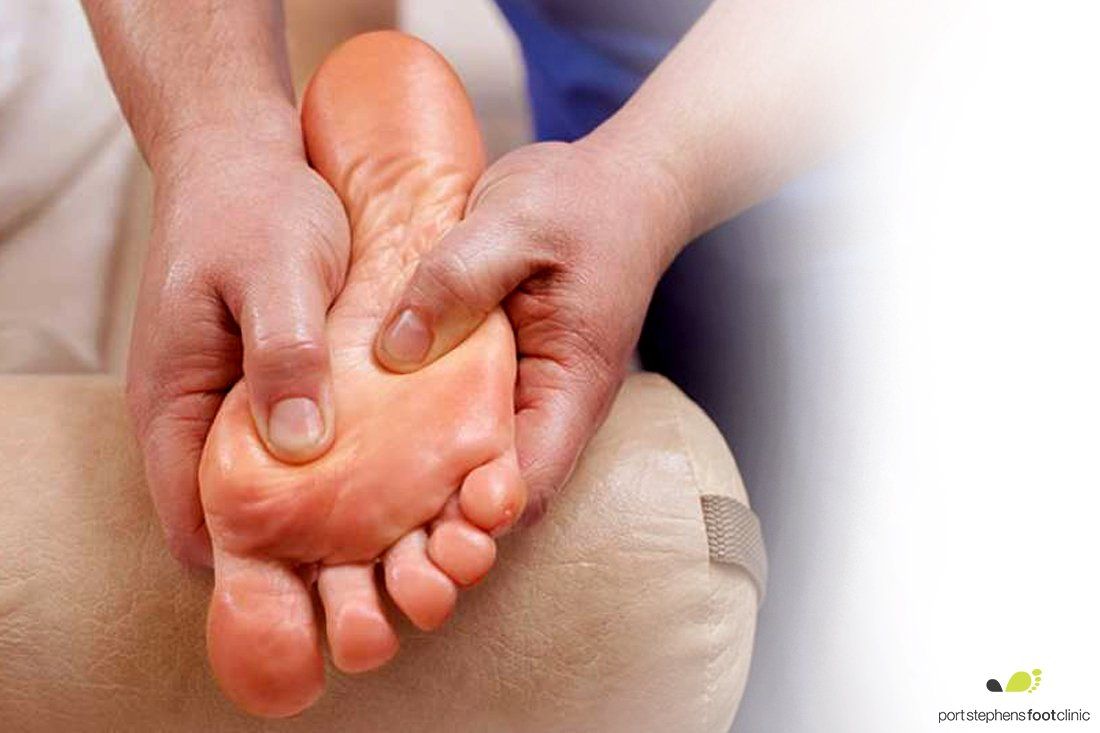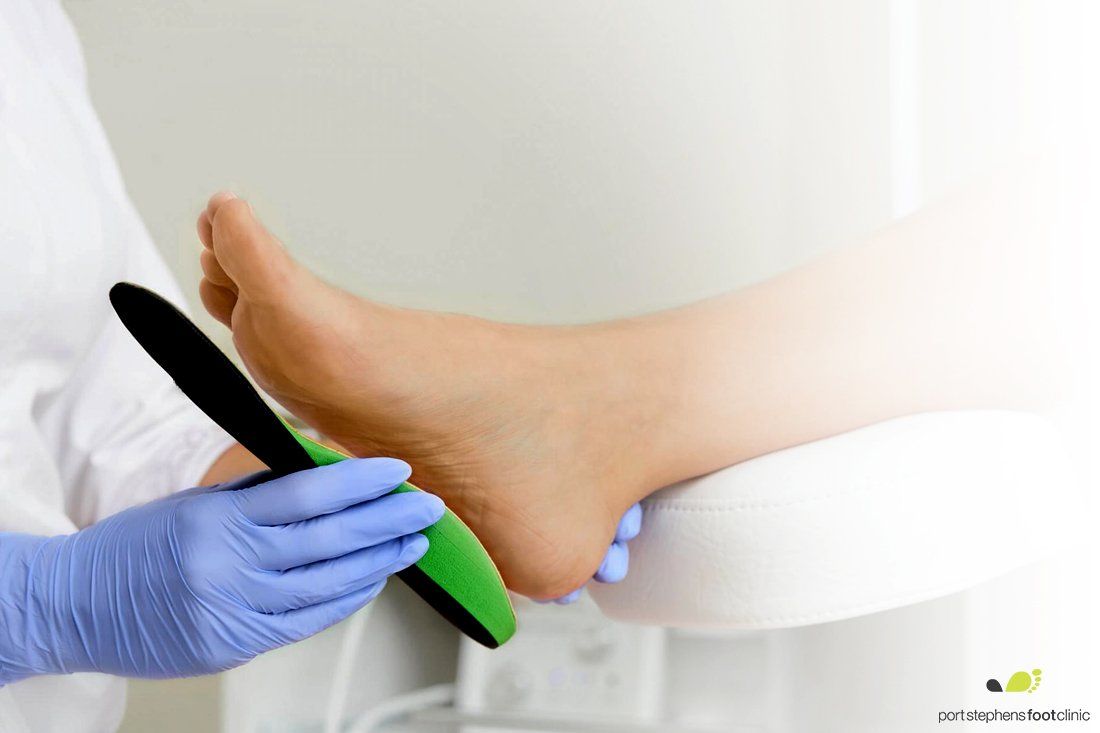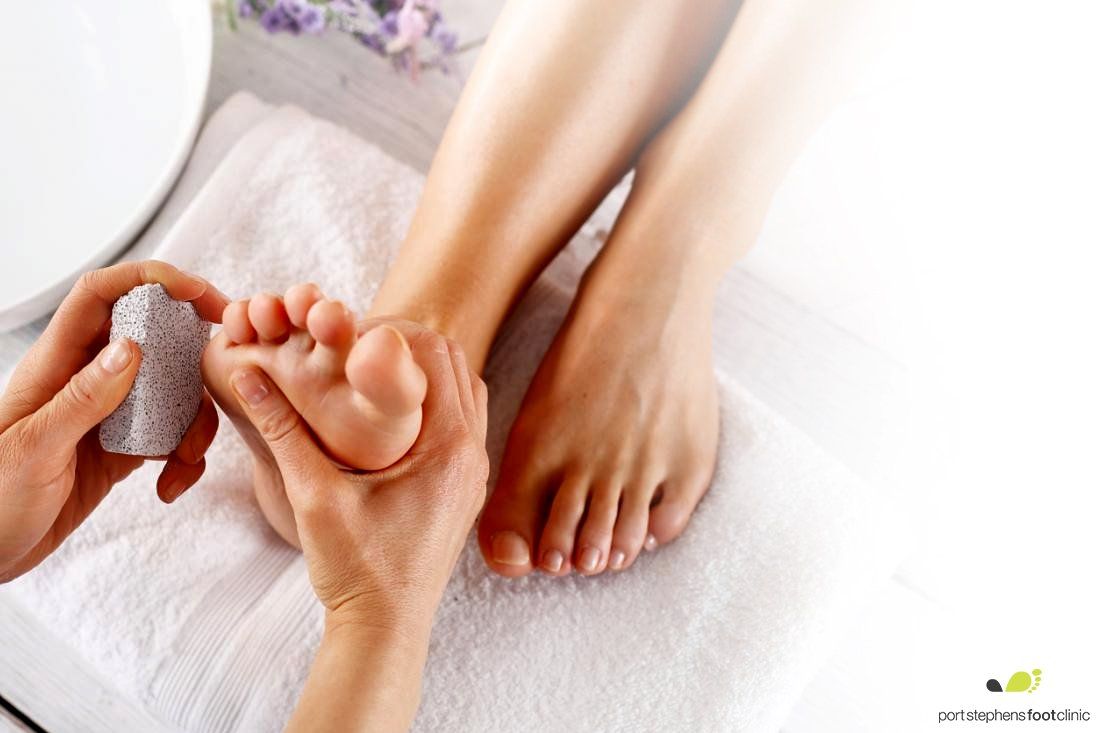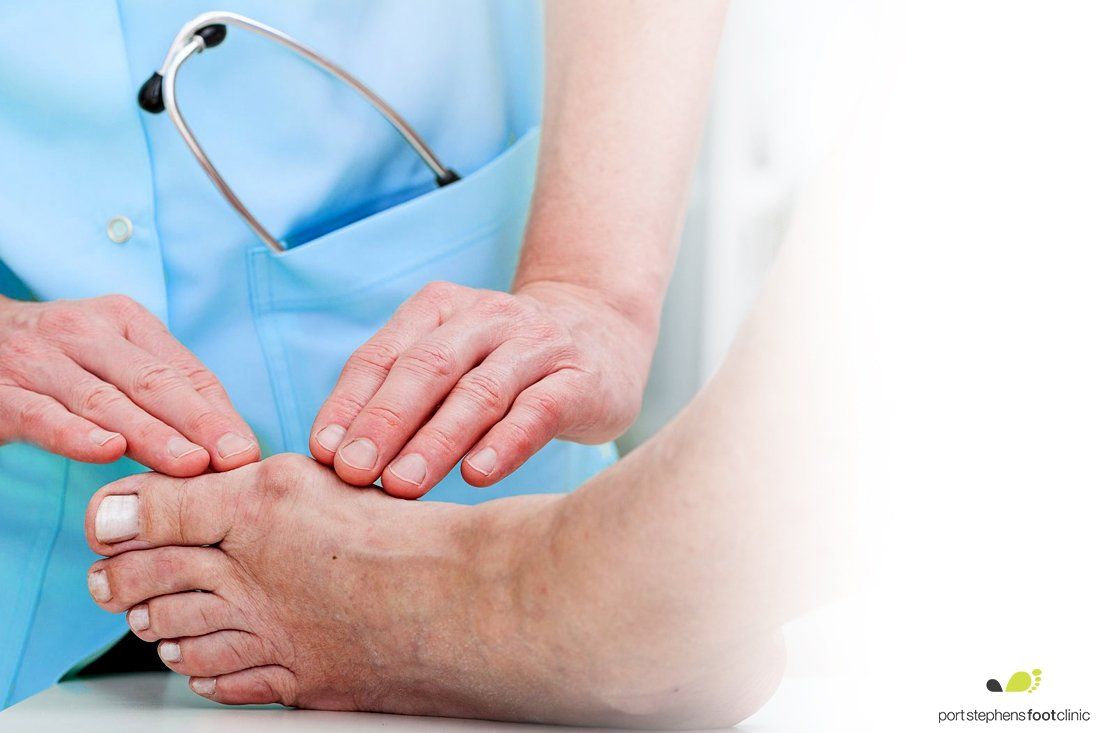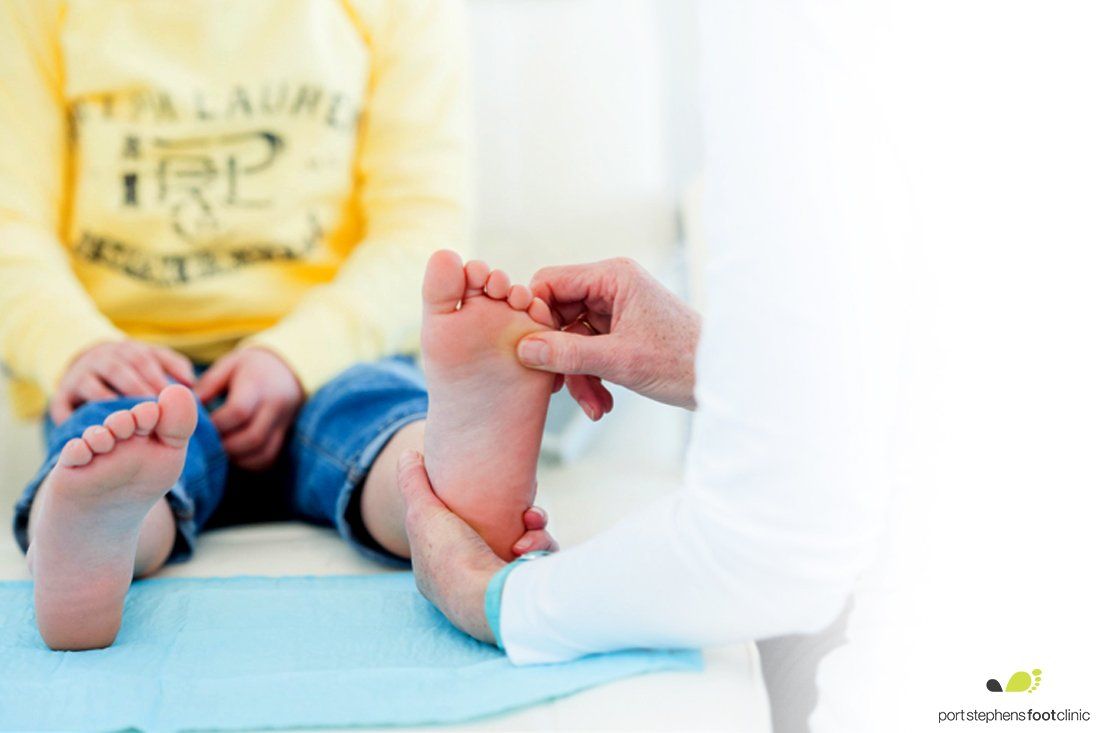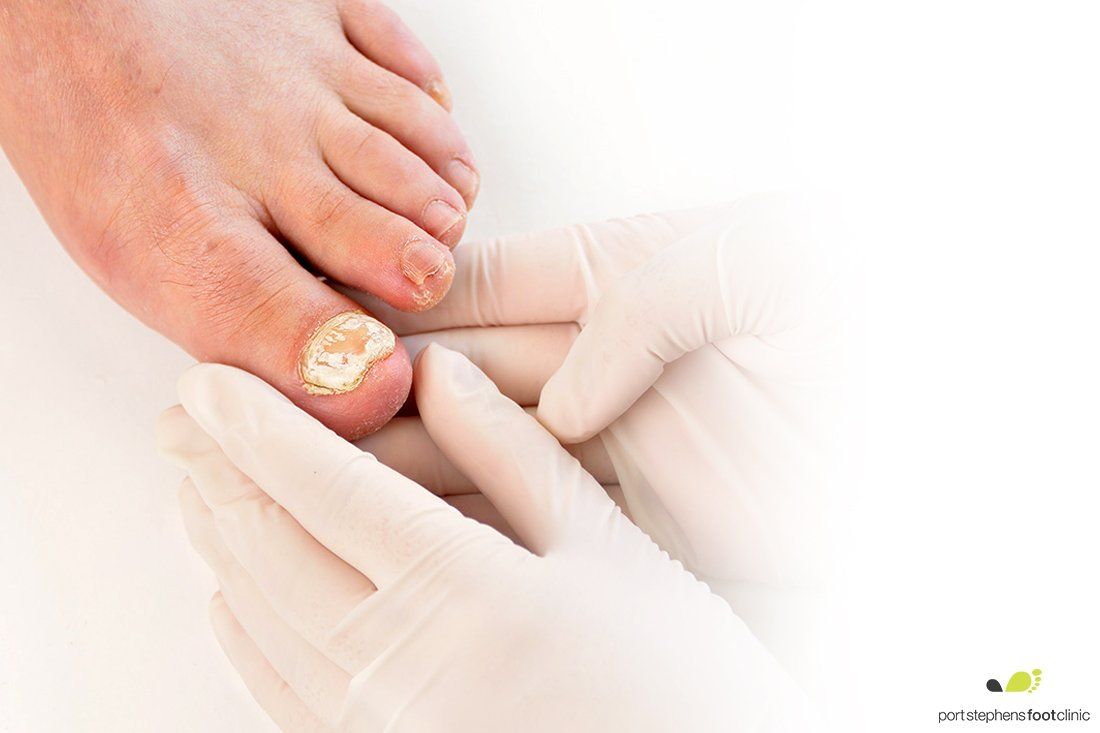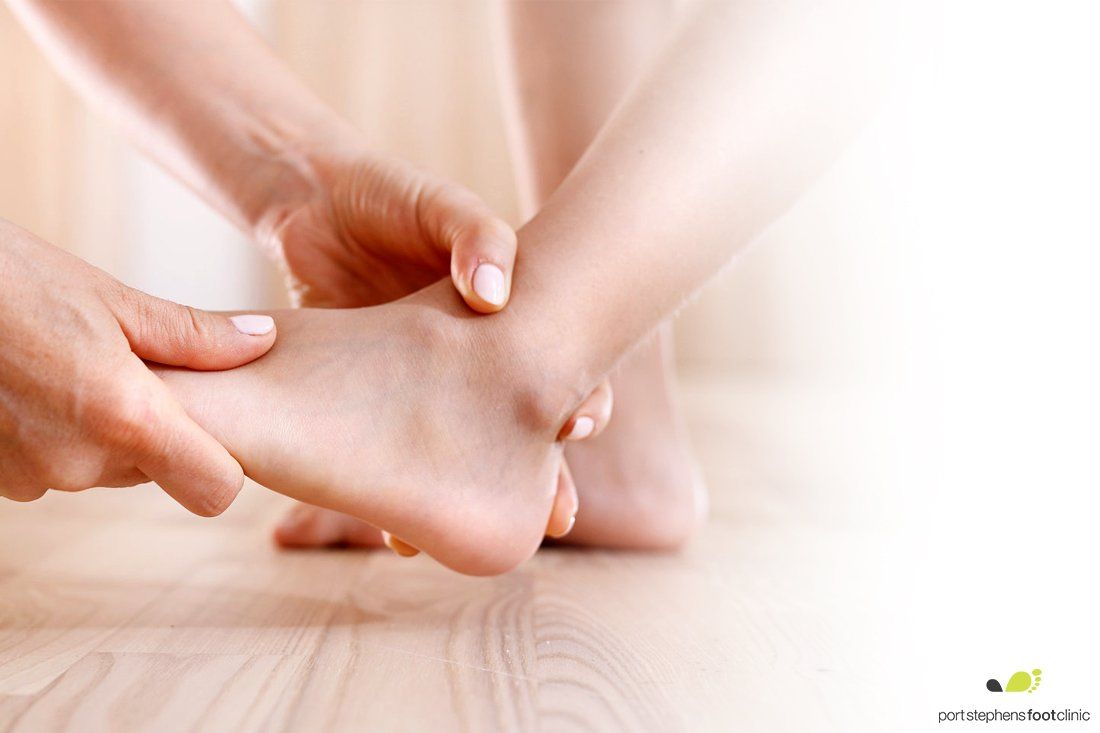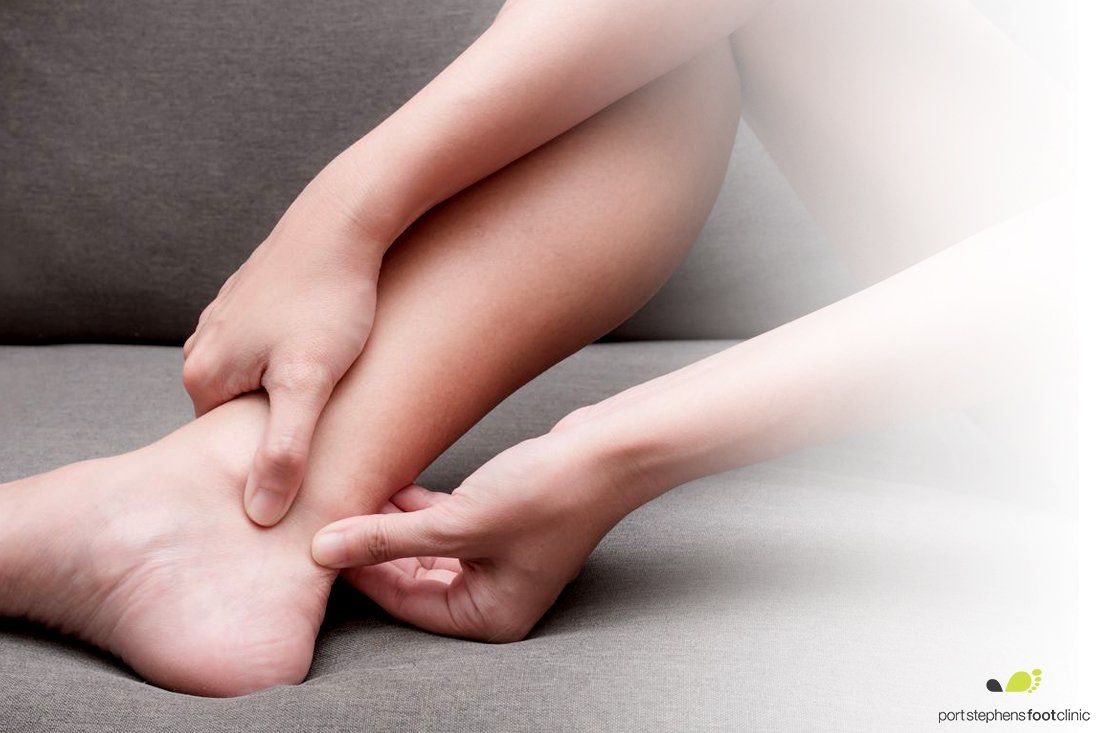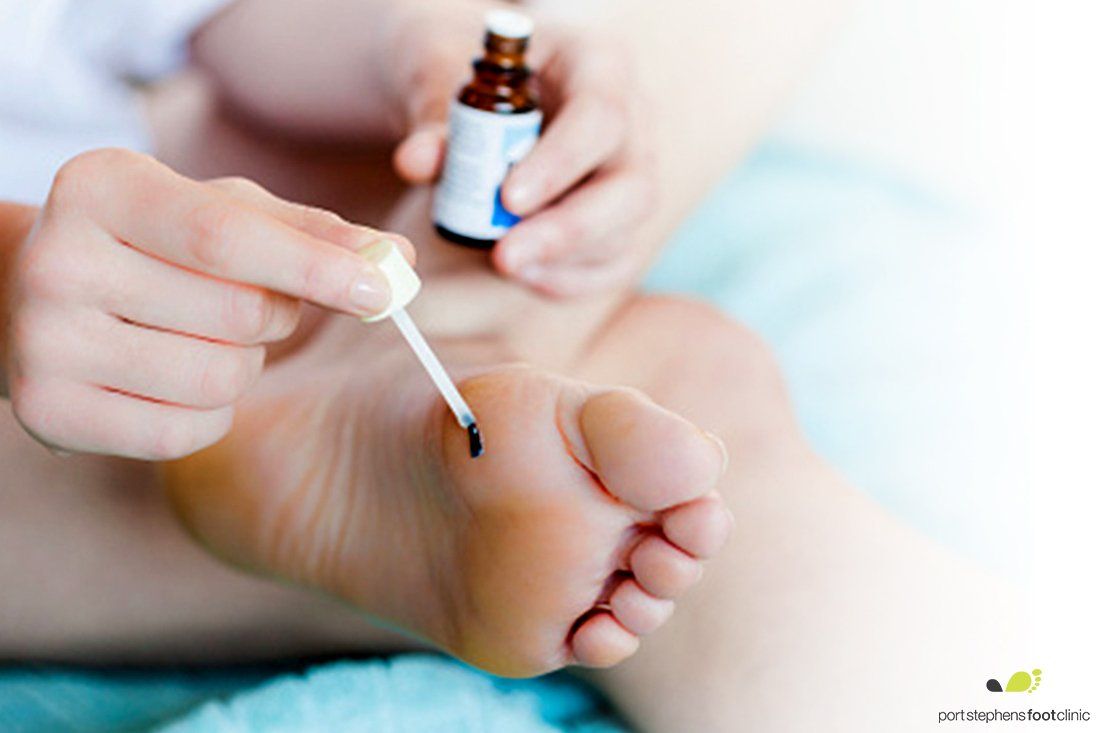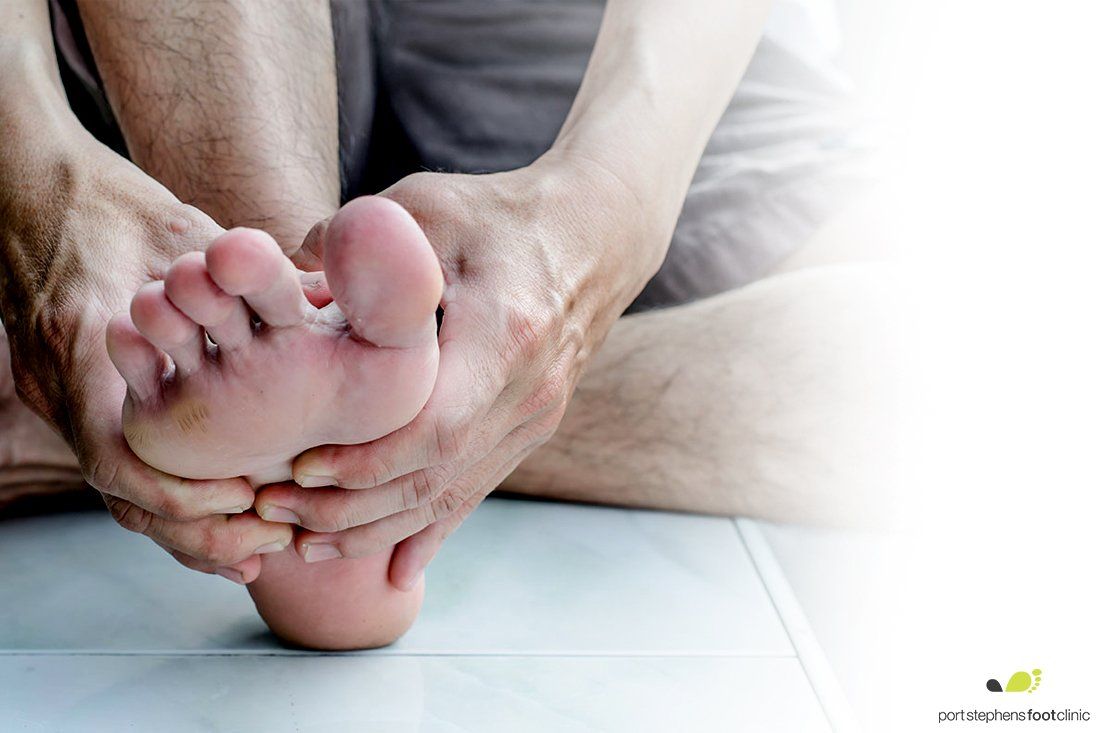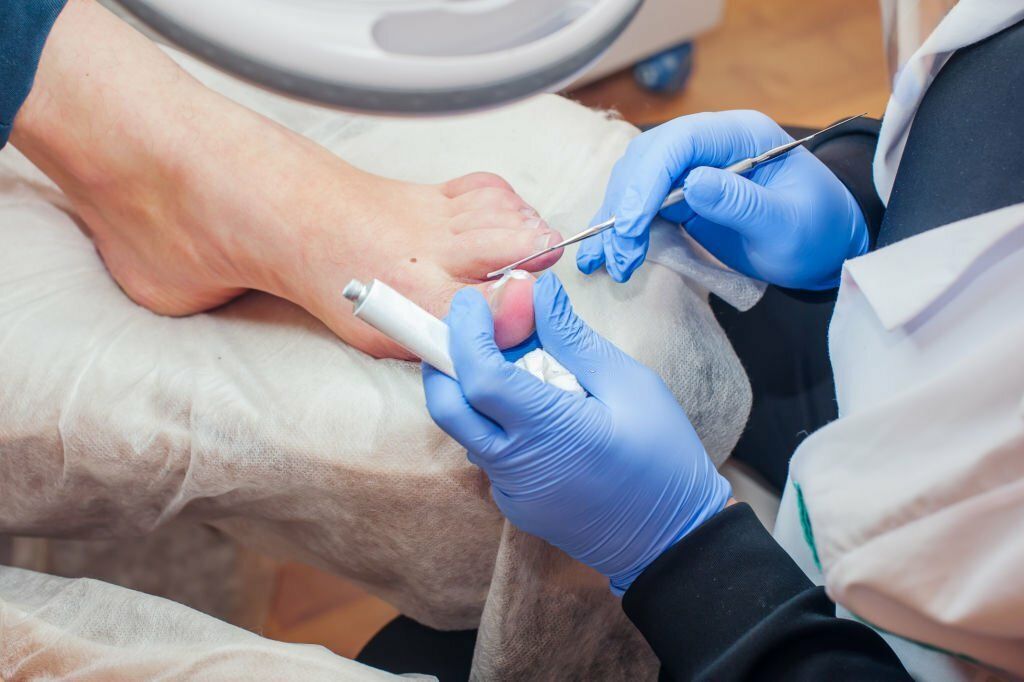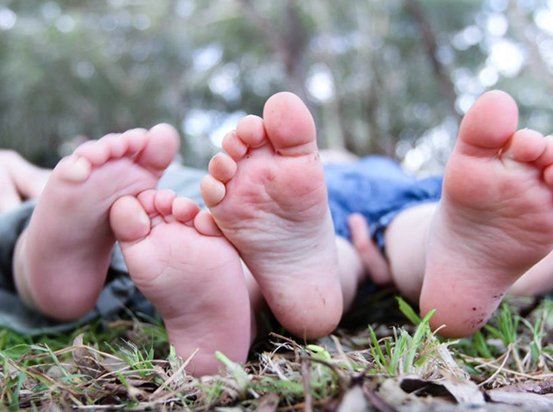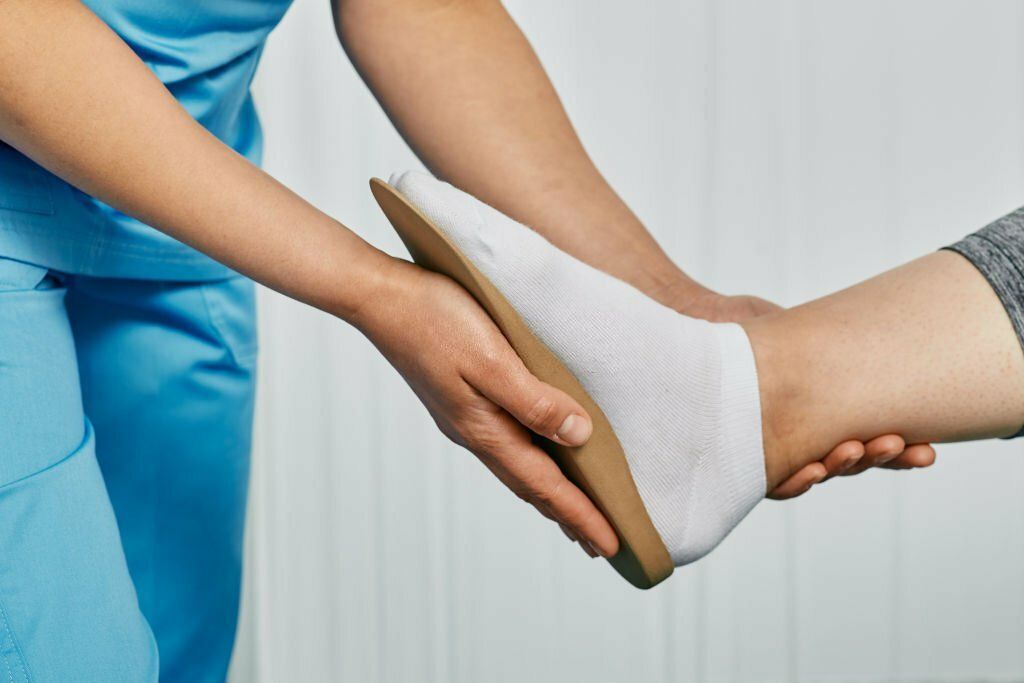Children’s Feet
Children present with their own set of unique problems. In-toeing, sometimes called pigeon toed, is something we see regularly in the clinic. This is often easily rectified depending on the origin of the problem.
Flat feet in children can be a cause of pain and is quite easily addressed with footwear and orthoses. Toe walking, or walking on tiptoes, is also something what parents often share their children do. We are happy to assess and offer advice on any of these concerns.
Children can have unique foot problems. These issues can range in severity and may hinder your child’s quality of life. However, with the proper understanding of children’s foot problems and having a podiatrist who can treat these issues, your child can find relief.
Common Issues with Children’s Feet
As children grow, you may hear them complaining about foot pain, or you may see them walking with a limp. When this occurs, it’s best to get to the root of the issue.
Calcaneal Apophysitis
Calcaneal Apophysitis is a painful condition caused by inflammation of the heel bone. The foot is made up of bones, joints, and muscle tendons. As your child grows, the heel bone will grow at a faster rate than the muscles, ligaments, and tendons in the leg.
There are two growth areas of the heel bone (Calcaneus) with a small cartilage plate between the two. These two growth areas fuse together at approximately 16 years of age. When strain and pressure are placed on the heel, inflammation occurs at the growth plate, leading to Calcaneal Apophysitis.Calcaneal Apophysitis is a painful
Skin and Nails
Ingrown toenails are a painful condition that occurs when the skin on the side of a nail grows over the edge of the toenail. Sometimes, it can occur when the nail itself grows into the skin. Ingrown toenails lead to pain and swelling at the edge of the nail. It can also result in an infection if not promptly treated.
Another issue with children’s toenails is fungal nails. This common condition causes the toenails to turn a different colour, thicken, and emit a foul odour.
There are various skin issues that may occur on the feet as well, such as corns, calluses, plantar warts, and athlete’s foot.
Growing Feet
As children’s feet grow, they need proper footwear to ensure they don’t have any difficulties with pain. Additionally, as the foot grows, some children develop flat feet, which requires special arch supports in their shoes.
Pes Planus
This condition is also known as flat foot. It results when the child loses the medial longitudinal arch in the foot. In other words, the arch falls. It usually doesn't present with any other symptoms and may resolve after about 10 years. However, in some cases, it can progress into a disability.
Walking
Any of the above conditions can lead your child to shy away from walking. Or if they do walk, they may modify their walking. For example, they may engage in toe-walking, limping, or dragging their affected foot. These practices are not helpful for the development of proper walking techniques.
In toeing
This condition is also referred to as being "pigeon-toed." When children have this condition, they will walk with their feet turned in and their toes facing each other. This common condition results from different reasons, depending on what stage of life the child gets it. It's best to consult a podiatrist to determine the underlying cause.
Treatment for Children's Feet
At Port Stephens Foot Clinic, your child will be paired with an experienced podiatrist who can help improve, correct, or heal these conditions. First, the podiatrist will assess your child’s situation to determine the best course of action. Depending on your child’s condition, they will begin a treatment plan. Treatment may consist of special footwear inserts, lifts, or other devices for the shoes. Additionally, the podiatrist may provide creams or prescriptions if a skin condition is evident. Finally, for other issues, a trained podiatrist can help your child learn appropriate stretches and exercise to improve their condition. Contact Port Stephens Foot Clinic today to
schedule an appointment.



